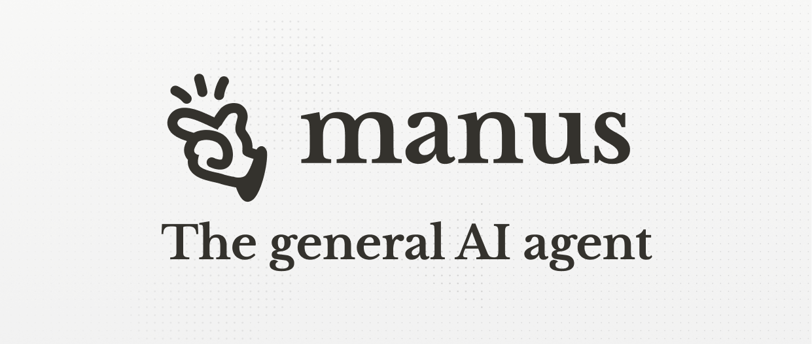Exploring Manus AI: A Glimpse into the Future of Autonomous Digital Assistance
3/30/20252 min read


In the ever-evolving landscape of artificial intelligence, a new player has emerged, capturing the attention of tech enthusiasts and professionals alike. Meet Manus AI, an autonomous digital assistant developed by the Chinese startup Monica. Launched on March 6, 2025, Manus AI is designed to handle complex tasks with minimal human intervention, offering a glimpse into the future of AI-driven productivity.
What Sets Manus AI Apart?
Unlike traditional AI models that require continuous prompts, Manus AI operates with a higher degree of autonomy. It can independently execute multi-step tasks, such as generating investor reports, reviewing legal documents, scheduling interviews, creating interactive dashboards, and compiling research summaries. This capability allows users to set a task in motion and let Manus handle the execution, providing updates as needed.
One of the standout features of Manus AI is its multimodal processing ability. It seamlessly handles various data types, including text, images, and code, making it versatile across different industries. For instance, users have reported using Manus for tasks like coding, where it effectively manages shell scripts in a terminal, and even for penetration testing, where it identified website vulnerabilities and provided actionable insights.
User Experiences: The Good and the Not-So-Good
Early adopters have shared mixed reviews about Manus AI. On one hand, users have praised its capabilities, with one user stating, "Just got access to Manus AI, and I am seriously mind blown. I am using it for coding, and I like how it handles shell scripts in a terminal." On the other hand, some have pointed out areas needing improvement. An MIT review highlighted that while Manus is a powerhouse in theory, in practice, it can be a mixed bag, struggling with paywalls and experiencing system slowdowns under heavy loads.
The Road Ahead for Manus AI
As with any emerging technology, Manus AI is not without its challenges. Issues such as system stability, including occasional crashes and slower performance under heavy loads, have been noted. Additionally, while Manus excels in many areas, it may require user intervention for tasks involving paywalls or CAPTCHAs. Despite these challenges, the potential of Manus AI to transform digital assistance is evident. Its ability to autonomously execute complex tasks and process multimodal data positions it as a significant advancement in the AI landscape.
Conclusion
Manus AI represents a bold step toward more autonomous and intelligent digital assistants. While it shows great promise in automating complex tasks and handling diverse data types, ongoing development and user feedback will be crucial in refining its capabilities. As AI continues to evolve, tools like Manus offer a fascinating glimpse into the possibilities of human-machine collaboration.
For a more in-depth look at Manus AI's capabilities, you might find this hands-on review helpful:
https://www.youtube.com/watch?v=hyi03gKISys
FAQ
What is the book AI Agents Demystified about?
It’s a comprehensive yet accessible guide to understanding and using AI Agents in business, written for non-technical leaders.
Why should business leaders read this book?
The book simplifies AI concepts, offering actionable strategies for integrating AI into organizations to drive growth and innovation.
Is this book suitable for beginners?
Absolutely! The book is written in clear, non-technical language to ensure anyone can understand and benefit from the insights.
Where can I buy the book?
The book is available on [Amazon/Website Link] in paperback, eBook, and audiobook formats.
What industries can benefit from this book?
Industries like retail, healthcare, home automation, and finance can leverage the insights shared in the book to adopt AI-driven strategies.
Join the AI Leadership Community
© 2024 Shalin(Sunny) Wu. All rights reserved.
Stay ahead in the AI revolution! Join our exclusive mailing list to:
• Receive updates on AI Agents Demystified and related resources.
• Gain access to bonus content and actionable AI strategies.
• Get invitations to webinars, Q&A sessions, and events with the author.
• Be the first to know about special promotions and upcoming projects.
(We value your privacy. Your email will never be shared, and you can unsubscribe at any time.)
